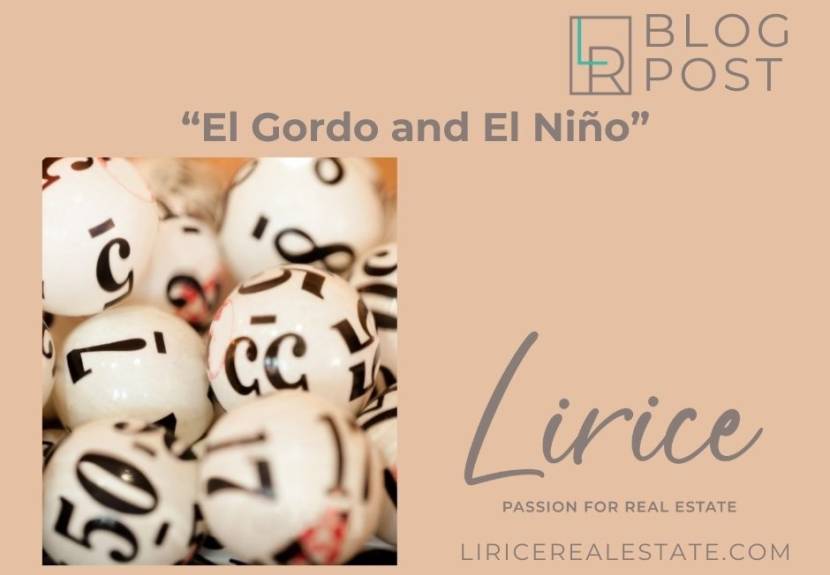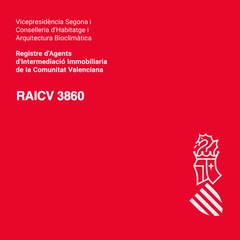
El Gordo and El Niño
El Gordo and El Niño: Spain's Most Famous Lotteries
Spain is globally known for its rich culture and traditions, and one of its most beloved traditions is the national lottery. Two lotteries stand out: El Gordo de Navidad and El Niño. In this blog, we delve into the history of these lotteries, the annual draws, and how they work.
The History of El Gordo
El Gordo (literally: “The Fat One”) is the nickname of the Spanish Christmas lottery, officially known as the “Lotería de Navidad”. This lottery dates back to 1812 and was established by the Spanish government as a way to generate extra revenue without heavily taxing the population.
What makes this lottery unique is the emphasis on sharing and community spirit. It is customary for families, friends, and even entire villages to buy tickets together and share the winnings. The spectacle surrounding the draw on December 22nd is an integral part of Spanish Christmas traditions. Children from the San Ildefonso school sing the winning numbers, a ritual that has been carried out for generations.
The History of El Niño
El Niño (“The Child”) is another major Spanish lottery, traditionally held on January 6th. The name refers to the baby Jesus, and the lottery takes place during Epiphany, an important holiday in Spain. This lottery was first organized in 1941 and has since grown to become the second-largest draw in Spain.
Although El Niño is slightly smaller in terms of prize money and popularity compared to El Gordo, it offers better odds of winning. This makes it an attractive option for those looking to try their luck at the start of the new year.
How Do El Gordo and El Niño Work?
El Gordo:
The El Gordo draw uses a unique system. Each ticket number (“número”) consists of five digits, and each number is printed in a series (“serie”) of multiple tickets. This allows multiple people to hold a share of the same winning number.
A full ticket (“billete”) costs €200, which is quite expensive. Therefore, many people buy a portion (“decimo”) of a ticket for €20. The total prize pool often exceeds €2 billion, making it the largest lottery in the world in terms of prize money.
El Niño:
The structure of El Niño is similar to that of El Gordo, but with smaller prizes and better odds of winning. The number of prizes is greater, increasing the chance of winning something to approximately 1 in 3. The draw on January 6th is less ceremonial than that of El Gordo but remains a significant event in Spain.
Annual Draws and Traditions
- El Gordo: December 22nd, a day entirely dedicated to the lottery. People follow the live broadcasts on television, and the sung numbers are a staple of the holiday season.
- El Niño: January 6th, with the draw taking place on Epiphany. Many see it as an opportunity to start the new year with a stroke of luck.
Why Are These Lotteries So Popular?
The popularity of El Gordo and El Niño stems from tradition, community spirit, and the enormous chance of winning. Unlike many other lotteries, where only a few people win big prizes, the shared ticket system makes it possible for thousands to share in the prize pool.
Conclusion
El Gordo and El Niño are more than just lotteries; they are a reflection of Spanish culture and the importance of sharing and togetherness. Whether you participate for fun, tradition, or the chance to win big, these lotteries remain a highlight of the Spanish holiday season.
















